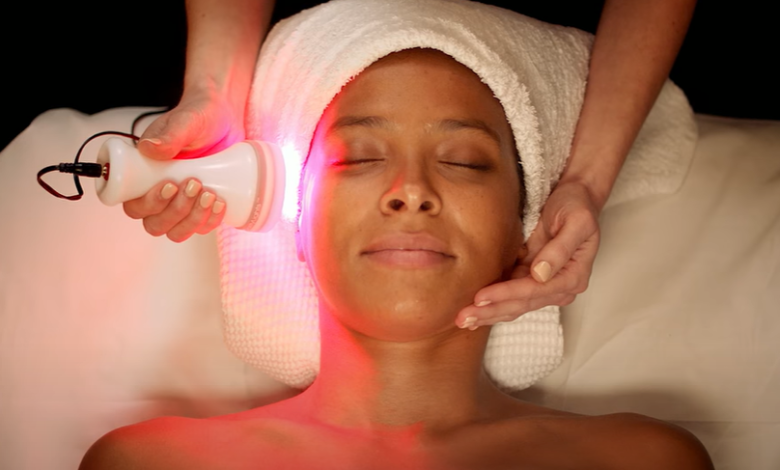Understanding LED Light Therapy: Basics and Benefits

New skincare and wellness products that improve skin health and beauty constantly appear. Among these, LED light therapy is a non-invasive treatment gaining popularity for its diverse benefits, from combating acne to reducing signs of ageing. This treatment utilises wavelengths of light to target different skin issues, offering a versatile solution for those seeking to improve their skin’s overall health without resorting to more invasive procedures. By the end of this exploration, you’ll have a solid understanding of how this therapy works and its myriad benefits, marking it as a cornerstone in modern skincare regimens.
Contents
The Science Behind the Light
At the heart of LED therapy is the principle that different wavelengths of light can trigger various biological processes in the skin. For instance, blue light is renowned for its antibacterial properties, making it an effective treatment against acne-causing bacteria. Conversely, red light can reach deeper layers of skin, stimulating collagen production—a process crucial for skin suppleness and reducing wrinkles and fine lines.
A Spectrum of Benefits
This treatment offers a broad array of advantages. Beyond acne treatment and anti-ageing effects, it can also reduce inflammation, promote wound healing, and even alleviate pain in certain conditions. This versatility makes it a sought-after solution for various skin concerns, catering to a broad audience seeking to improve their skin’s appearance and health.
Furthermore, LED therapy is celebrated for enhancing skin tone and texture, minimising the appearance of pores and addressing uneven skin pigmentation. These comprehensive benefits underscore its role as a corrective treatment and a holistic approach to maintaining skin vitality and radiance, making it a valuable addition to therapeutic and daily skincare routines.
Additionally, its non-UV light composition ensures safety for regular use, offering a significant advantage for those concerned about UV exposure. Its ease of use and lack of downtime post-treatment also means that individuals can incorporate it into their lives without the need for recovery periods, blending seamlessly with busy lifestyles.
Professional vs. At-Home Treatments
While professional treatments offer the advantage of higher-intensity lights and expert guidance, at-home devices have made this therapy more accessible.
Preparing for and Maximising Your Treatment
Specific preparatory steps and post-treatment care are recommended to achieve the best results from this therapy. This includes cleansing the skin to remove any barriers to light penetration and following a consistent treatment schedule. Additionally, combining light therapy with other skincare treatments can often enhance its benefits, a topic worth exploring for those looking to get the most out of their skincare regimen.
Addressing Common Concerns and Misconceptions
Despite its growing popularity, many misconceptions about LED light therapy exist. Addressing common questions and concerns, such as safety issues, expected results, and who is a good candidate for the treatment, can help demystify the process and make it more approachable for potential users.
LED light therapy offers a compelling option for those looking to enhance their skincare routine without invasive procedures. Its wide range of benefits and convenience of both professional and at-home treatments make it a versatile addition to skincare regimens worldwide. Whether you’re battling acne, looking to reduce signs of ageing, or simply aiming to improve your skin’s overall health, this therapy provides a scientifically backed, effective solution. As awareness and accessibility of the treatment continue to grow, it remains a shining example of how modern technology can be harnessed to support skin health and wellness.



